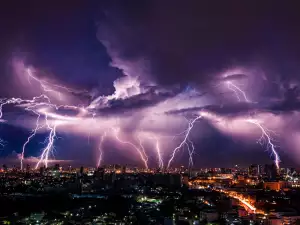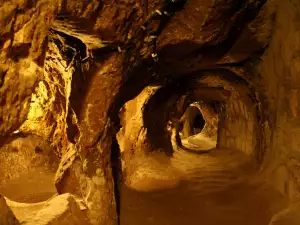There are still many people that earn their living by digging for gold. Those who are good at it make substantial amounts of money but gold diggers also jealously guard their secrets. We'll reveal some of them below.
Gold is usually found in riverbeds or valleys, its presence evident by a combination of signs. It's recommended to look for it in river valleys, gullies, ditches or other land depressions where there is a small stream. It's important to know that gold is one of the heaviest metals and it flows along the river bottom with the so-called heavy mineral fraction (a collection of minerals and metals).
Gold deposits are usually found at roots deposits or old alluvial conglomerates.
We can detect the presence of gold by the so-called indicator minerals - magnetite, quartz and others. These tell us that the area is suitable for looking for gold. But before you roll up your sleeves and grab a shovel, take a look at the river stones. Look for spots resulting from pyrite oxidation - these are black to rust-orange-yellow.
Also look for gold in areas abundant in field horsetail. It is a plant that loves water and is seen primarily around natural water bodies.
The season is also of importance when looking for gold. Placers and various landslides are usually activated toward the end of winter and early spring, leading to a shifting of sedimentary layers.
If you're not a huge fan of gold prospecting for new deposits, you can try to find gold that someone before you has already buried. To do this you can do some deep plowing in a field rumored to have been densely populated in the past. You may find evidence of this from old maps, the presence of a cultural layer and uncovered archaeological finds.
Do keep in mind that any found gold does not legally belong to you. Laws differ but usually call for it to be taxed or handed over to a museum, where you would be given a percent of its monetary value.
















